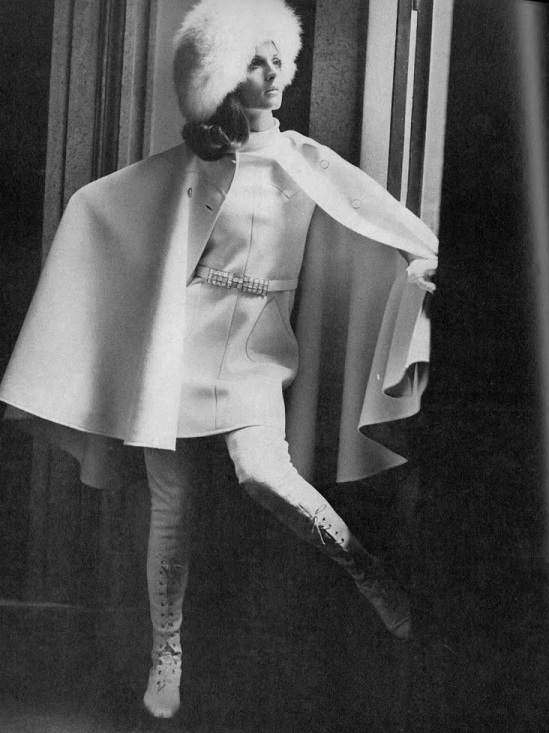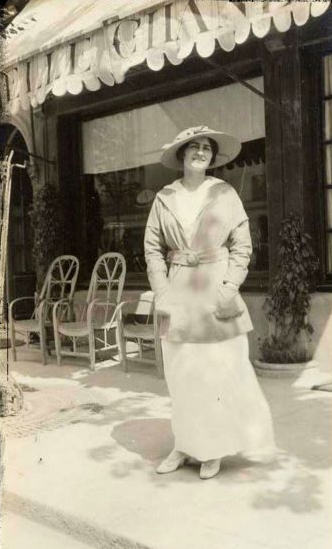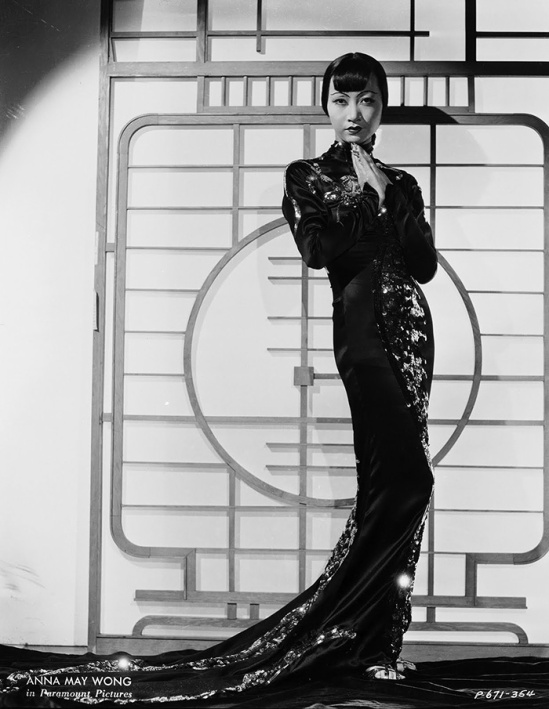Lucien Lelong (1889 – 1959) was born in Paris as the son of Arthur Lelong, the owner of a textile shop, he trained at the Hautes Etudes de Commerciales in Paris and opened his fashion house in the late 1910s. He was eager to create garments that would highlight the body’s movements and elegance in motion: a kinetic fashion. He killed the 1920s “garçonne” look and privileged fluid garments inspired by neoclassical drapery, and later anticipated the New Look.
Lelong did not actually create the garments that bore his label. “He did not design himself, but worked through his designers,” wrote Christian Dior, who was a member of the Lelong team from 1941 until 1946, during which time he created the collections in collaboration with Pierre Balmain. “Nevertheless,” Dior continued, “in the course of his career as couturier his collections retained a style which was really his own and greatly resembled him.” Other designers who worked for Lelong included Nadine Robinson and Hubert de Givenchy.
Among Lelong’s clients were Marie Duhamel, Jeanne Ternisien (wife of the banker Georges Nelze), the Duchess de la Rochefoucauld, Greta Garbo, Gloria Swanson, Colette, and Rose Kennedy.
On the 10th August 1927 he married his second wife, Princess Natalie Paley (1905–1981), who had worked as a saleswoman in the Lelong perfume department. She was a daughter of Grand Duke Paul Alexandrovich of Russia and his morganatic wife, Olga Karnovich. Paley had starred in a few films, but found her succes being a Lelong model. They divorced in 1937.
Lelong retired in 1952, due to Poor health. Lelong’s third wife, who outlived him, went on to marry the French journalist Maurice Goudeket, the widower of Colette.

Deutsch Photographic Studio, Lucien Lelong Design, 1930s via

Marion Morehouse wearing a Lucien Lelong dress. Vogue, 1925 via

Dress by Lucien Lelong via

Nathalie Paley in a Lucien Lelong dress and evening coat by Dorvyne via

Deutsch Photographic Studio, Lucien Lelong Design, 1930s via

Princess Natalie Paley wearing a black sequined evening gown by Lelong. Photo by Man Ray, 1934 via



















































